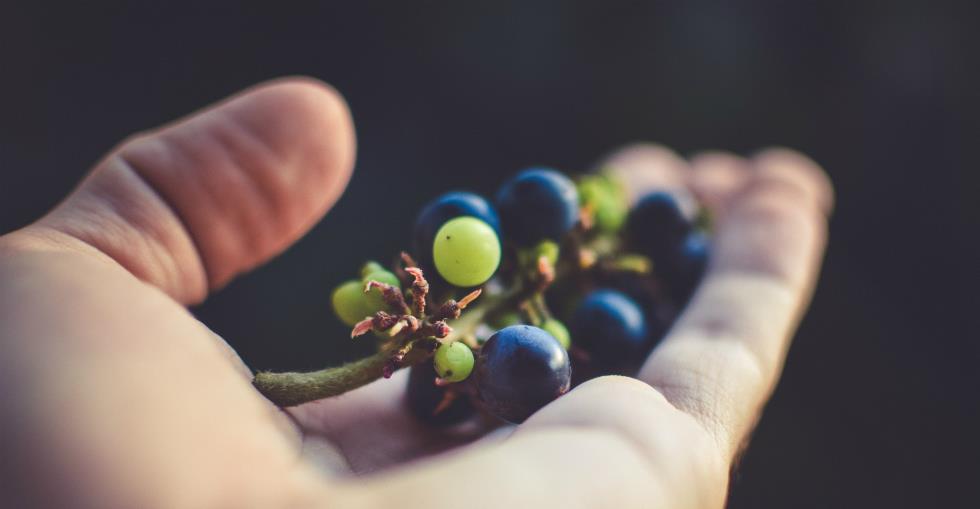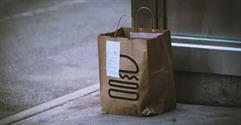Organic food used to be the star of local farmers’ markets. Today, it can be found in practically every type of grocery store, from big box outlets to independent grocers.
Learning more about the types of organic food should help store owners decide how much of an investment to make in this area.
What is organic food?
The term ‘organic’ seems fairly straightforward, but there are various nuances within the food industry.
Generally, it refers to food prepared and processed without using any chemicals or additives. This means there are no chemical fertilizers, chemical pesticides or chemical preservatives in organic food.
Animals that produce organic meat, poultry, eggs, and dairy products do not take antibiotics or growth hormones.
However, the word “organic” can be used in many different ways on food labels. The USDA categorizes food products into the following sections:
100% organic: Must contain 100% organically produced ingredients
Organic : Must contain at least 95% organic ingredients
Made of organic ingredients: Must contain at least 70% organic ingredients
Contains some organic ingredients: May contain less than 70% organic ingredients
It gets even more confusing when you consider organic standards differ for each industry.
This is because the modes of production and processing vary, so there are different rules. For example, the standards for organic milk production are different from those involved in the making of organic olive oil.
‘Certified’ organic
When in doubt, look for the USDA organic seal, which assures consumers of the quality and integrity of organic products.
Operations that are certified must have an organic system plan and records that verify compliance. Farms and processing facilities are inspected regularly by the government to ensure standards are being met.
The price of organic
Everyone who has shopped at a Whole Foods or Fresh Market knows that organic food costs more.
Prices typically range from 20% to 100% more than non-organic food. This is due to the higher cost of organic fertilizers and pesticides compared to the chemical versions.
Organic food production is also labor intensive because there is minimal processing.
Why choose organic?
Despite the higher costs, independent grocers are choosing to carry more organic products, especially ones made locally.
These business owners are better able to customize their inventory to meet the needs of their community than large chain stores.
Surveys have shown that people who shop at independent grocers want sustainable, ethical, healthy products within easy access of their neighborhood.
The demand for organic products is growing and expected to continue on this path. A recent report, “United States Organic Food Market Forecast & Opportunities”, shows that the US organic food market will grow by 14% from 2013 to 2018.
Researchers found that the demand for organic food through retail sales will also grow.
These statistics reveal that more and more people are choosing organic products for their families.
An independent grocery store owner would be wise to capitalize on this emerging trend and stock up on what customers want.
Buying a grocery store? Sign up for a BusinessesForSale.com account to receive priority listings, as well as the latest advice and features directly to your inbox!




